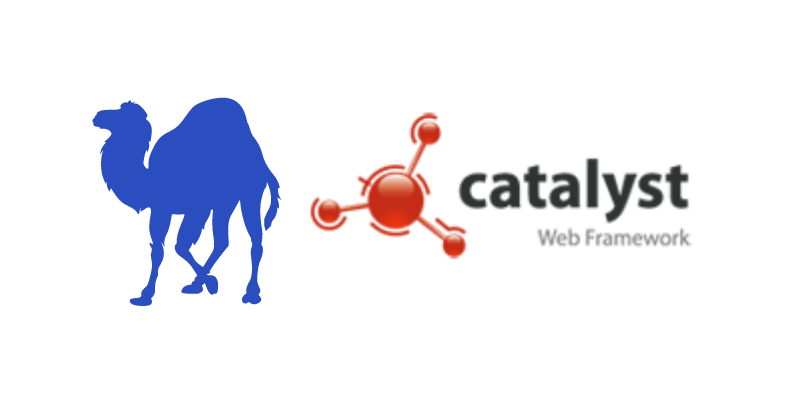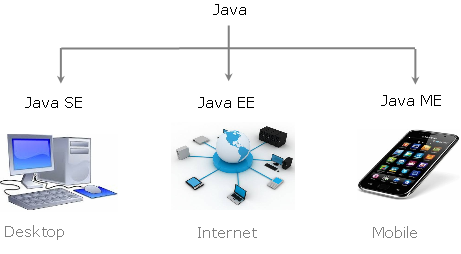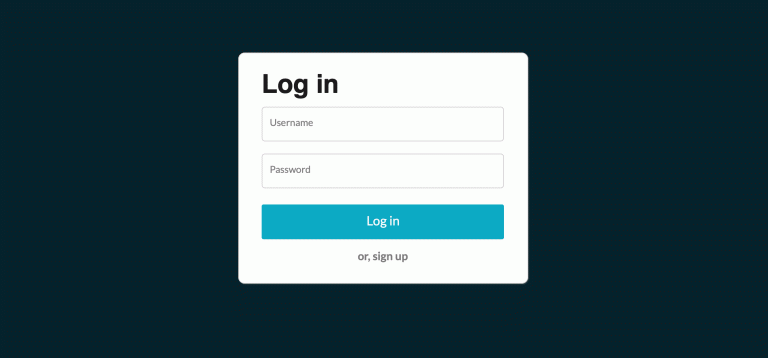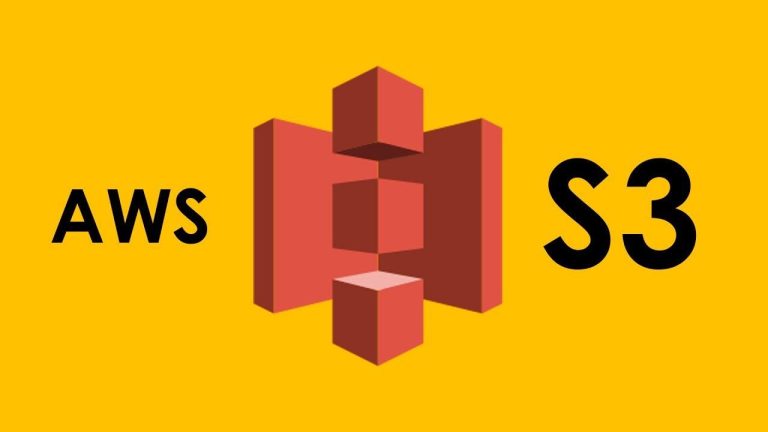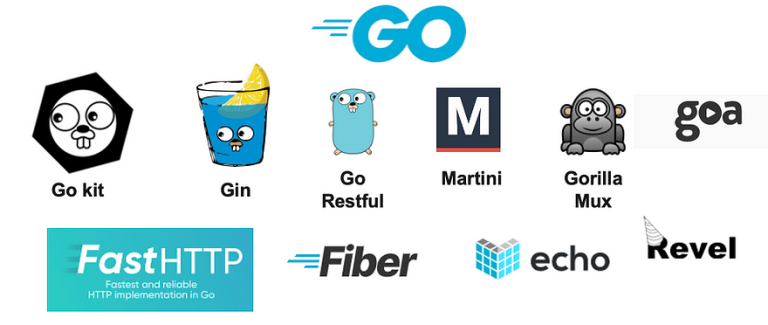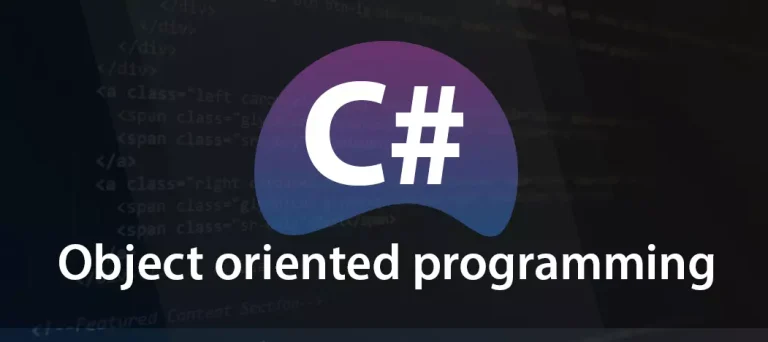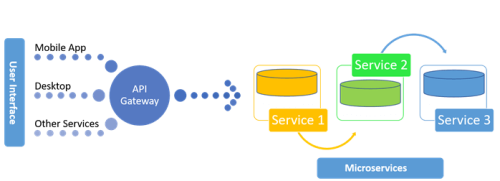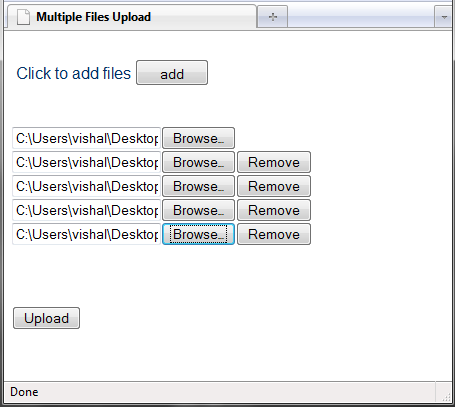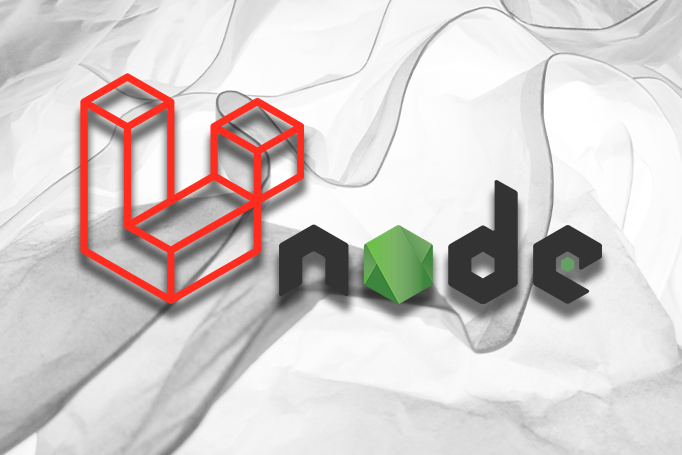Introduction
In the ever-evolving landscape of web development, Perl has maintained its relevance and efficiency through the adoption of powerful web frameworks. These frameworks provide developers with the tools and structure needed to build modern, scalable, and maintainable web applications. In this article, we will explore some of the key Perl web frameworks, each contributing to the language’s success in the dynamic world of web development.
- Catalyst: The Robust Catalyst for Web Applications Overview: Catalyst is a powerful and flexible Perl web framework designed to provide a modular and extensible architecture. Known for its flexibility, Catalyst follows the Model-View-Controller (MVC) pattern, enabling developers to organize their code in a way that separates concerns and promotes code reusability. Features:
- Extensibility: Catalyst embraces the philosophy of “Don’t reinvent the wheel.” Its extensive plugin system allows developers to easily integrate third-party components and modules.
- ORM Integration: Catalyst seamlessly integrates with various Object-Relational Mapping (ORM) systems like DBIx::Class, simplifying database interactions.
- RESTful Support: Catalyst provides robust support for building RESTful APIs, making it suitable for both traditional web applications and modern web services.
# Example Catalyst Controller
package MyApp::Controller::Root;
use Moose;
use namespace::autoclean;
BEGIN { extends 'Catalyst::Controller' }
sub index :Path :Args(0) {
my ($self, $c) = @_;
$c->stash(template => 'index.tt');
}
__PACKAGE__->meta->make_immutable;- Dancer: The Micro Web Framework with Macro Features Overview: Dancer is a lightweight and expressive micro-framework that focuses on simplicity and ease of use. Despite its minimalistic design, Dancer offers a powerful feature set, making it an excellent choice for rapid web application development. Features:
- Minimal Configuration: Dancer requires minimal boilerplate code, allowing developers to quickly set up routes, define templates, and handle requests without unnecessary complexity.
- Built-in Development Server: Dancer includes a development server, enabling developers to test and iterate on their applications without the need for a separate web server setup.
- Templating Support: Dancer integrates with various template engines, including Template Toolkit, providing flexibility in rendering dynamic content.
# Example Dancer route
use Dancer;
get '/hello/:name' => sub {
my $name = param('name');
return "Hello, $name!";
};
start;- Mojolicious: The Real-Time Web in a Single Package Overview: Mojolicious is a modern, high-performance web framework with a focus on real-time applications. It is a single, self-contained package that includes everything needed to build web applications, making deployment and distribution straightforward. Features:
- Built-in Web Server: Mojolicious includes a powerful and non-blocking web server, allowing developers to run their applications without the need for external servers like Apache or Nginx during development.
- WebSocket Support: Mojolicious provides native support for WebSocket communication, making it an ideal choice for applications that require real-time updates.
- Comprehensive Documentation: Mojolicious is known for its extensive and well-maintained documentation, making it accessible to both beginners and experienced developers.
# Example Mojolicious route
use Mojolicious::Lite;
get '/hello/:name' => sub {
my $c = shift;
$c->render(text => "Hello, " . $c->param('name') . "!");
};
app->start;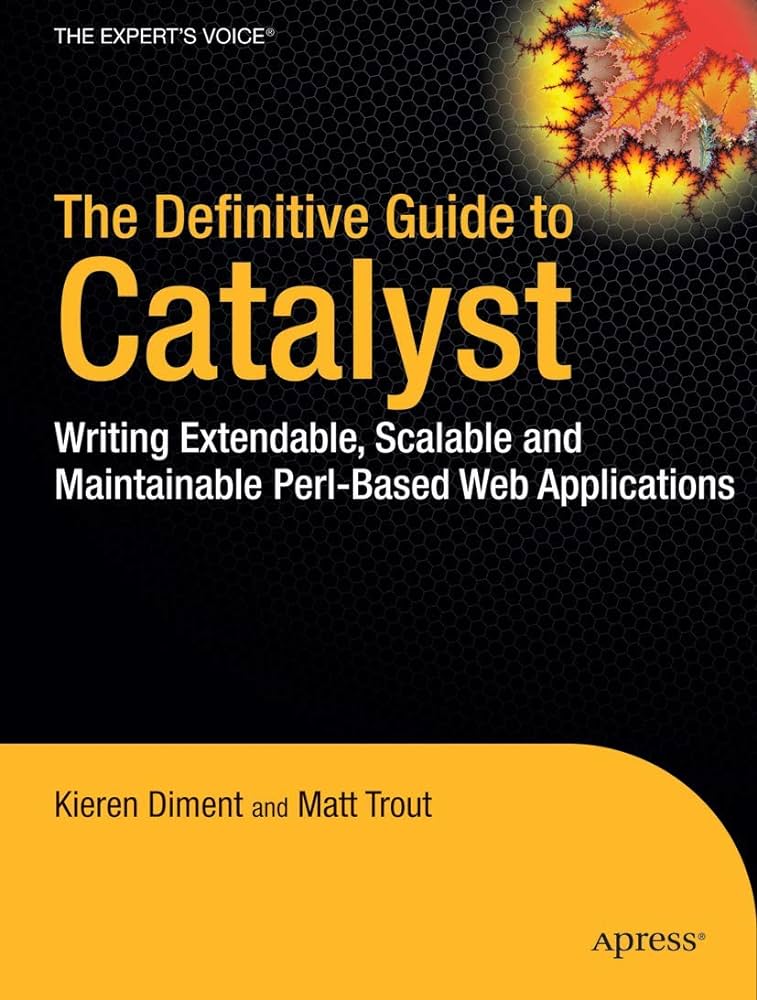
Conclusion
Perl web frameworks empower developers to create sophisticated and feature-rich web applications efficiently. Whether it’s the flexibility of Catalyst, the simplicity of Dancer, or the real-time capabilities of Mojolicious, each framework caters to different needs and preferences. As Perl continues to evolve, these frameworks play a crucial role in ensuring that the language remains a relevant and competitive choice for web development in the modern era.
Reference
http://catalyst.perl.org/

